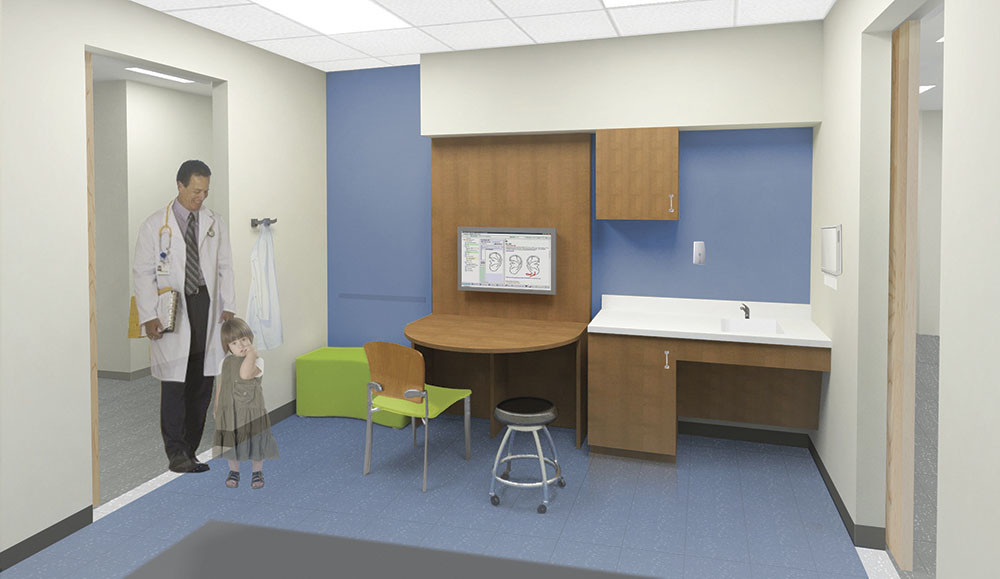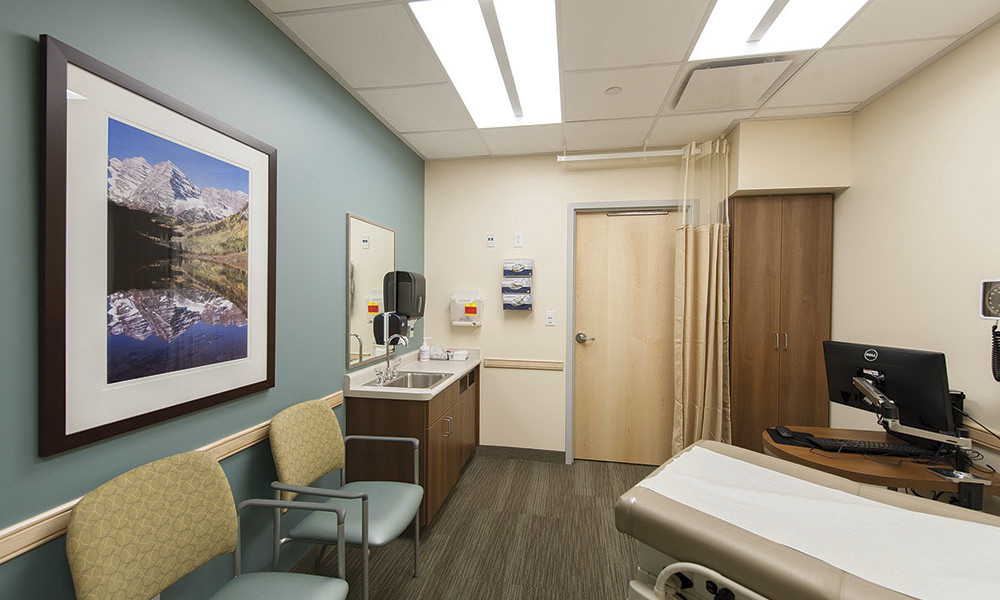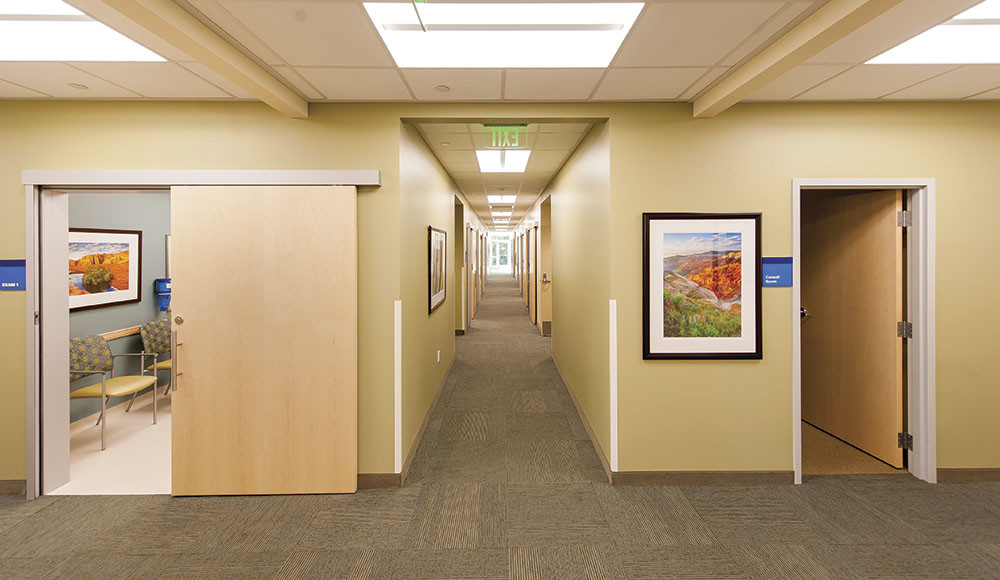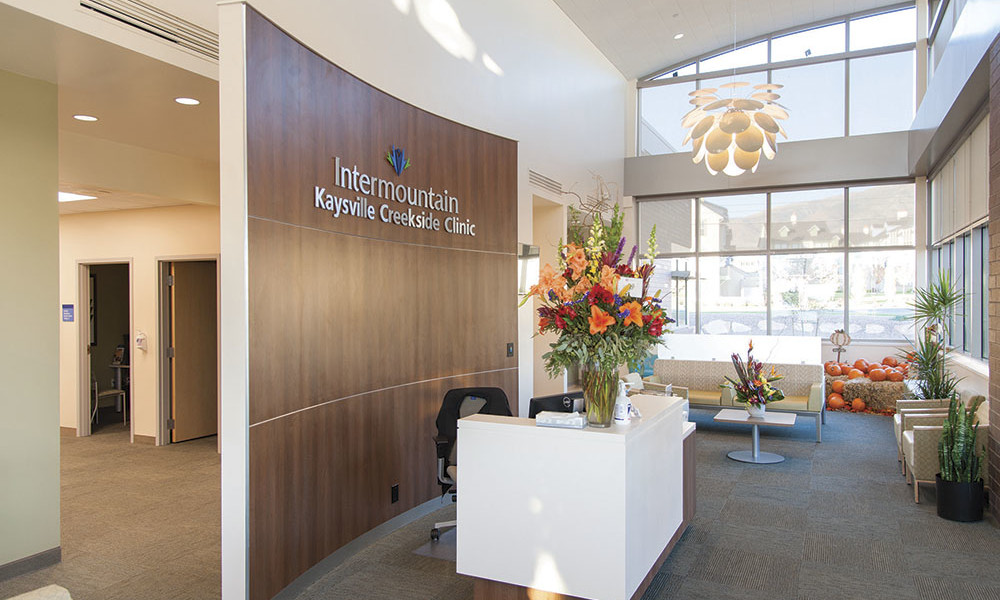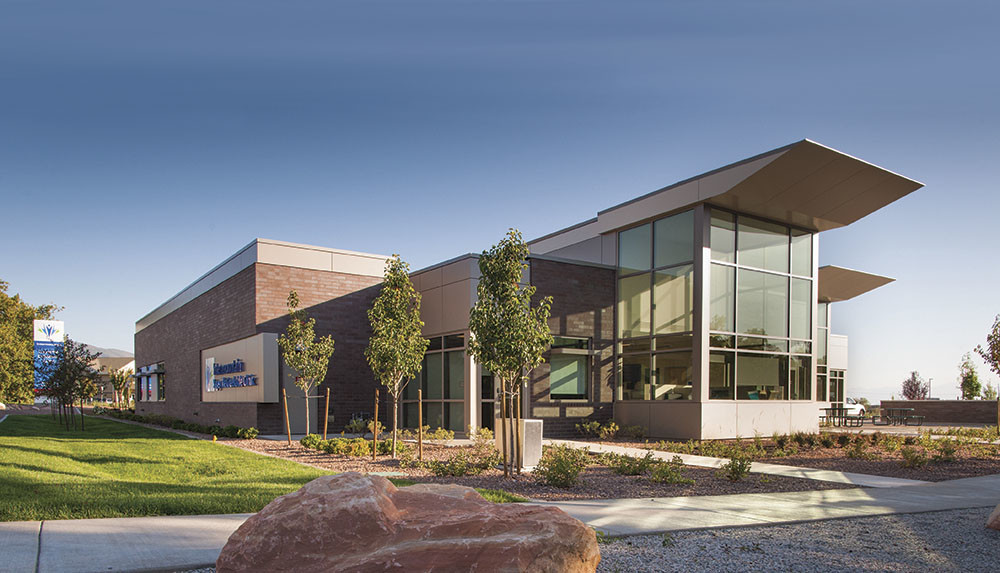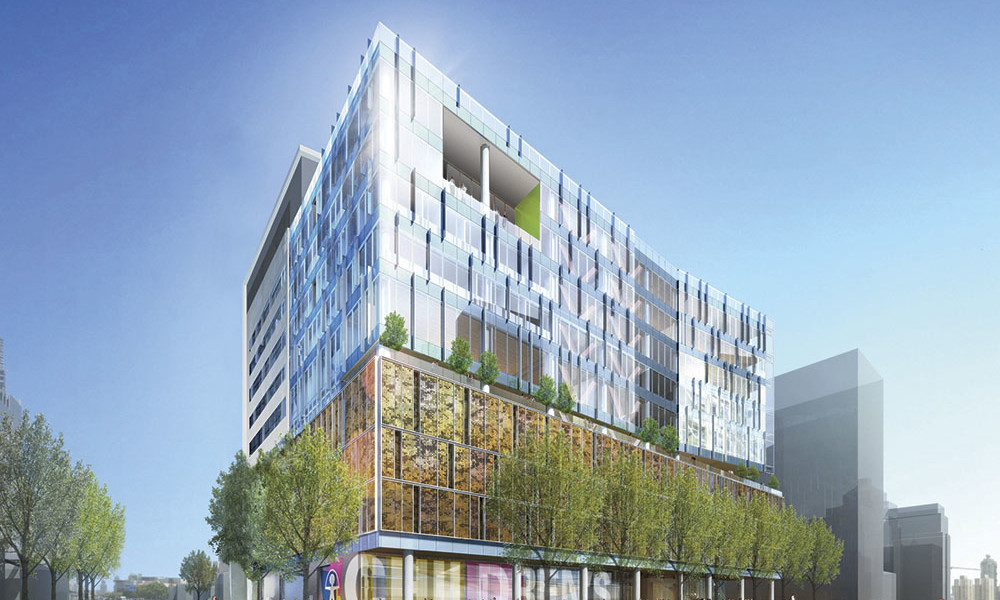Lessons from Clinic 20XX: How to design for an ever-changing present
By Patrick Schultz
Healthcare is at a crossroads, shifting significantly from inpatient to outpatient care. Given this change, how do we design outpatient facilities, not for a faceless future, but for a dynamic present? Researchers recently set out to find answers to better prepare for the healthcare industry of tomorrow. The result is a report by the Center for Advanced Design Research and Evaluation, Clinic 20XX, Designing for an Ever-Changing Present, which delves into the drivers of change, the trends in response and principles for clinical design. The findings of this report are summarized here, along with some additional case studies and insights on how principles outlined in this report have been implemented in practice.
Key drivers
As the healthcare law has increased access to healthcare, value-driven healthcare and payment strategies based on quality measurements are moving the marketplace to lower costs by keeping patients out of the hospital. Expanding access through ambulatory-based health management, diagnostics, treatment and emergency services reduces high-cost, hospital-based care. Patients are living longer, but not healthier.
More age 65 cohort patients present at least one or more chronic disease conditions. Four generations occupy the workplace and drive demand for greater access, better quality and immediately available care. Providers face increased demand, surpassing supply of physicians. Team-based care has emerged to support physicians. The field of medicine benefits from medical imaging detecting diseases earlier with advanced and miniaturized diagnostics. Precision medicine seeks to use patients’ genetic information to tailor individual treatment to disease. Technology, such as electronic medical records, tracks patient information and data accurately and effectively.
Key trends
Physicians utilizing mobile technology employ one or more mobile devices for patient engagement. Care coordination has more clinics adopting the team-care model facilitated by open offices, team spaces and on-stage/off-stage work areas with integrated technology. Telemedicine — from remote patient monitoring to virtual doctor visits — puts the care team in front of the patient, no matter where the patient may be located, for improved patient care. Ambulatory and home-based telemedicine allows providers to lower costs by reducing hospitalizations, subsequent readmissions and even clinic visits.
Population health focuses on the overall community by treating the chronically ill and addressing the social determinants of lifestyle, health and wellness. Patients once routinely admitted to the hospital now receive care in outpatient primary care and ambulatory settings. Retail health has increased the access to care by providing patient management for people with chronic diseases, vaccinations, screenings and medical care focused on patient convenience in lowest cost settings.
Key spaces
The report identifies two key space types, common to any outpatient clinic: consult spaces fostering meaningful, informed interactions and work spaces supporting vital patient and provider connection. In interviews with healthcare leaders and nationwide polls with patients and physicians, the researchers found patients prioritize consultation and meaningful engagement as the most important aspect of a visit. Case studies show innovative models where exam rooms are supplemented with consult/talking rooms and, in some cases, did not have an exam table. While physicians report high exam table utilization, it is not clear if more conversations, rather than examinations, occur on these tables.
The report suggests any space where a patient interacts with staff can be deemed a consult space. For example, registration performed by a medical assistant can be recognized as the first consult. Waiting areas with education elements are a virtual consult. The physician examination of the patient is the principal consult. Specific education is the final consult. This approach allows design to occur around meaningful interactions.
Key characteristics
The report identifies three key space characteristics: flexibility, connectivity and sense of place. Flexibility allows easy expansion/contraction with changing needs, from revised plan configurations to wall and furniture systems. Clinics must support connectivity, acting as a “conduit” between the cloud and the community. The clinic’s digital footprint supports its physical footprint at all levels, from the site, to the care team, to the broader community and with regional and national systems.
The open-platform model of care versus the physician-centric model, consists of consult rooms, shared support, staff, team collaboration and exam rooms (not necessarily geographically assigned) to increase overall clinic utilization by allowing flex volumes among exam rooms not in use, thereby reducing patient wait times and increasing staff efficiency.
Finally, it is important to create a strong sense of place — a destination. It should be an experience that is clean, quiet, comfortable, connected and appealing across all generations.
Intersection of patient and staff pathways
Innovation is occurring in the very heart of clinics by separating and better organizing the patient pathway to eliminate the bustle of staff activity and enhance the care experience, and by organizing the staff pathway to improve operational effectiveness.
The “on-stage” patient pathway consists of access, registration, waiting and pause, examination and consult, education, discharge and follow-up. The “off-stage” staff pathway consists of scheduling, greeting and triage, care coordination and lab work and post-discharge care and monitoring. Incorporating these trends to improve staff efficiency and the care experience are critical to the planning and design response.
Enhancing the experience with connected and flexible spaces
The Duke Health Primary Care Clinic prototype was developed for a 10-provider primary care clinic with urgent care, focused on improving operational staff efficiency. Paired with an urgent care clinic, the clinic shares support services, including laboratory, general radiography and conference room. Each primary care pod features nine exam rooms, one consult room and one patient toilet, along with shared meds alcove, point-of-care alcoves, physician dictation/huddle areas and clinical work stations for teaming between every three exam rooms. Operationally, each pod supports three physicians and a dedicated clinical support station space for team care coordination.
The on-stage/off-stage concept allows the public realm to be designed with a hospitality ambiance to reduce patient stress, with the clinical staff work areas hidden from public view. The physician pod is a standardized module capable of being combined into different arrangements for different buildings throughout the system. The 120-square-foot exam room area allows the majority of care and consults to occur in the room. Other key aspects of patient and staff pathways include:
Registration provides a touch point for check-in to enable personal interaction, minimizing the need for paperwork. Kiosks provide convenience for expedited check-in to complement the face-to-face registration and check-in.
Waiting rooms provide comfort and connectivity for waiting and add value through education material directed at wellness and informed decision-making.
Exam rooms are set up for meaningful interaction between patient and provider, with high-connectivity to information access and the flexibility to incorporate different needs.
Staff teaming work areas promote collaboration among physicians, case managers, medical assistants and digital connectivity to patient information, enabling remote patient telehealth. Spaces are acoustically quiet, calming and personal. Greater staff collaboration results from direct support and physical proximity. Hoteling and touch-down stations accommodate variability in the number of care team members.
Intermountain Healthcare Kaysville Creekside Clinic in Utah provides residents cost-effective, high-quality healthcare in a clinic setting that is comfortable and family friendly. At a smaller scale, the 13,025-square-foot clinic was designed to support standardized care processes with flexibility, adaptability and modular facility expansion capability. The design encourages efficient patient flow and features on-stage/off-stage room configuration within traditional clinic area benchmarks. The use of integrated communication systems, and an innovative care team structure, allows highly effective delivery of care and a positive patient experience.
Children’s Hospital of Richmond at VCU, Richmond, Virginia, provides a full-service children’s hospital with an outpatient pediatric center. At a larger scale, the modular approach creates a standardized clinic module, accommodating a variety of pediatric services and can be readily adapted to specialty needs throughout the week. The grouping of rooms can flex between exam rooms and consult rooms, which allows physicians and patients to move from one room type to the other — enabling patient access to a range of care providers. Sliding barn doors allow for easier access and dual exam room entrances accommodate on-stage/off-stage flow.
The shift to outpatient care and a changing regulatory environment, among other factors, creates more questions than answers. The expectation is the drivers and trends will evolve every year. Responding to these challenges requires an understanding of the key drivers, trends and emerging principles. Ultimately, these establish a framework for modularity and flexibility. For more information on CADRE’s Clinic 20XX report, visit cadreresearch.org/projects/clinic-20xx.
Author: Patrick Schultz
Patrick Schultz, AIA, EDAC, LEED AP, is vice president and healthcare practice leader for HKS’ Mid-Atlantic region and an MCD board member. He can be reached at pschultz@hksinc.com.
Posted December 2, 2015
More Articles:
- CxA Workshop & Exam
Apr 29, 2024 – Apr 30, 2024 - EMP Seminar & Exam at CxEnergy 2024
Apr 29, 2024 – Apr 30, 2024 - CxEnergy
Apr 29, 2024 – May 2, 2024 - PHCC West 2024
Apr 29, 2024 – May 2, 2024 - Lean in Design Forum 2024
May 1, 2024 – May 2, 2024 - IFMA’s Facility Fusion Conference & Expo
May 5, 2024 – May 7, 2024 - ASHE Academy 2024
May 6, 2024 – May 10, 2024


